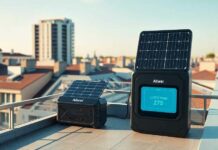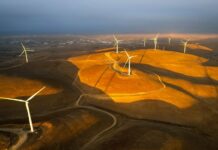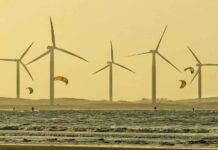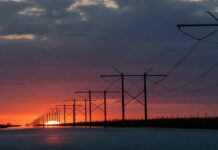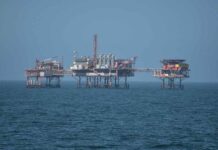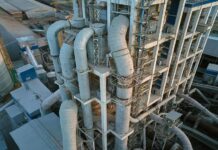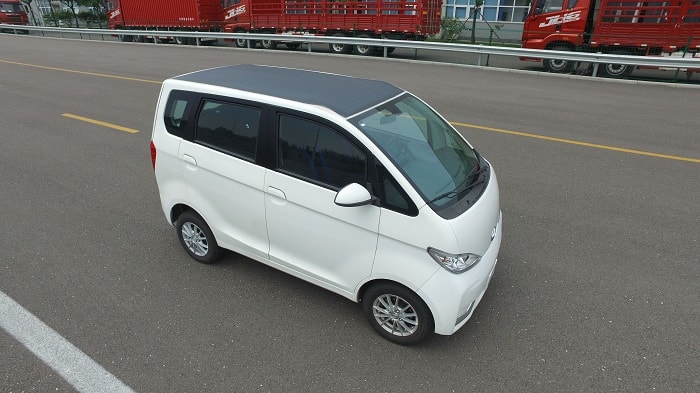The world’s leading clean energy company, Hanergy Mobile Energy Holding Group announced that its subsidiary, Hanergy Glory Solar Technology has recently concluded a one-month test drive of the world’s first commercial solar power vehicle solution at China Automotive Technology and Research Center, which can run without pole charging for at least a consecutive 30 days.
The test reveals, when a Chinese K-Car, a fully solar-powered vehicle developed jointly by Hanergy Glory and JoyLong Automobile, hit the road, it continued to run for 20 kms under normal sun light for 30 days without pole-charging. Throughout the testing period, thin film solar panels stretched across the car roof continued to absorb sunlight, which was subsequently converted into electrical power for supply to the entire vehicle.
The testing program was launched by the China Automotive Technology and Research Center (CATARC) to determine whether the “Chinese K-Car” can go on without “plugging in” for a month. Standing true to clean energy giant’s claim, by the end of the program spanning 30 days, there was still more than 60% battery power left for the car to remain on the road. What this means for the Chinese K-Car is that even during winters when the solar modules are receiving sunlight at lesser intensities, they will still be able to provide sufficient power for a vehicle.
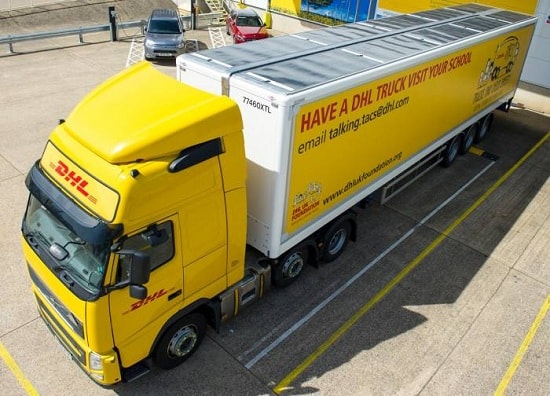 “During the 30-day test drive, each day after a 20km testing drive, the battery still have a 60%-80% power left, which means the car can still run a further 30km to 80km, making the solar car’s daily range reach to 50km to 100km, enough for daily commuters,” said Dr. Lu Tao, CEO of Glory Solar Technology Company.
“During the 30-day test drive, each day after a 20km testing drive, the battery still have a 60%-80% power left, which means the car can still run a further 30km to 80km, making the solar car’s daily range reach to 50km to 100km, enough for daily commuters,” said Dr. Lu Tao, CEO of Glory Solar Technology Company.
According to Hanergy Glory,the tested solar car was built on the model of the Japanese K-Car, a category of vehicle that was created to meet basic daily transportation needs.The emergence of China’s middle class is driving the demand for a vehicle that could serve multiple purposes including daily commutes and family trips. By readjusting the backseat, this highly flexible five-seat vehicle can also easily carry a wheelchair.
Dr. Lu Tao said the company will provide solar power solutions to auto makers.“The integration of solar in new car designs is accelerating. Our recent functionality test to charge the car using solar has shown exceedingly good results. We’re on a mission to integrate most efficient flexible solar panels onto new age cars to ensure zero pollution. We hope to work with automobile companies to boost the trend of integrating solar in cars to promote the concept of the sustainable world globally.”
Glory Solar Technology Company, an EV startup proposed the concept of “Plug-In Never” as a way to solve common issues faced by owners of more traditional electric vehicles that heavily rely on charging piles scattered within cities. With “Plug-In Never,” Hanergy Glory is making a bold statement and allowing consumers to never have to worry about over current, over voltage, overheating, and ground faults.
As more than 10 developed countries have announced they’ll ban internal combustion engines or fossil-fuel cars and given out detailed time table, China is also making the move to that direction. Beginning March 1st 2019 in the Hainan province of China, internal combustion engine vehicles (ICEs) will no longer be sold.
“Our thin-film solar automobile solution ease users the pain of find charging facilities, as they can charge anywhere they want, on and off driving, as long as there is light. No matter it’s direct sunshine or gloomy weathers, as low-light power generation is one of the system’s flagship features,” said Dr. Lu Tao.
Ever since July 2016, Hanergy unveiled four solar-powered electric concept cars, its first attempt to apply its leading thin-film technologies in the electric vehicle segment, the company has come a long way and has been constantly committed to strengthen its foothold in solar car segment.
Earlier in year 2017, Hanergy Glory team installed solar panel on the delivery tricycles to extend the mileage by 20km. The tricycles integrated with solar panels required no plug-in for 79 days. The company also partnered with Audi in 2017 to provide solar roof system for the cars manufactured by the German automobile giant.
By mid-2018 logistic giant DHL has also integrated solar panels on some of its delivery vehicles in UK, cutting fuels and emissions. The system, called TRAiLAR, consists of flexible thin film solar panels (just 2mm thick) referred to as “solar mats” fitted to the roof of vehicles and connected to the primary battery or an auxiliary battery system. The energy generated is used for various applications such as operating tail lifts and air conditioning; reducing fuel consumption – or in the case of electric vehicles, extending their range.
Subsequently, in October 2018, the company successfully delivered the latest solar powered electric express delivery cars (Solar Runner #1) to China’s top delivery companies, STO Express and ZJS Express. In the same year, Hanergy’s US based subsidiary, Global Solar Energy Inc. (GSE) & TAM-Europe co-developed China’s first airport shuttle bus thin-film roof system. Later in December 2018, the clean energy giant designed and launched China’s first smart bus stations powered by thin-film solar across 4 cities.
The clean energy giant Hanergy also helped 10 buses in Norway install its thin-power power system. The first 10 buses which use Hanergy’s Miasolé flexible thin-film model are currently operating in Oslo and Hønefoss.
Besides express delivery cars, automobiles, Hanergy Glory also has mass produced the solar golf car, which has been sold to some golf courts in China.
About Hanergy Mobile Energy Holding Group Limited:
Hanergy Mobile Energy Holding Group Limited is a multinational clean energy company as well as the world’s leading thin-film solar power company, committed to change the world by thin-film solar. It has branches in provinces all over China as well as in the Americas, Europe and the Middle East, Asia-Pacific, Africa and other regions. Through global technical integration and independent innovation, Hanergy has become a world leader in thin-film solar technology. The maximum research conversion efficiency of its copper indium gallium selenide (CIGS) technology has reached 21.2%, as certified by Germany’s Fraunhofer Institute for Solar Energy Systems (ISE), and its single-junction and dual-junction gallium arsenide (GaAs) technology’s research conversion efficiency has reached to 29.1 and 31.6% respectively. Having been at the forefront of technological innovations, and with its record conversion efficiency rates for solar thin film cells, Hanergy has retained its leadership position in thin-film power industry.




